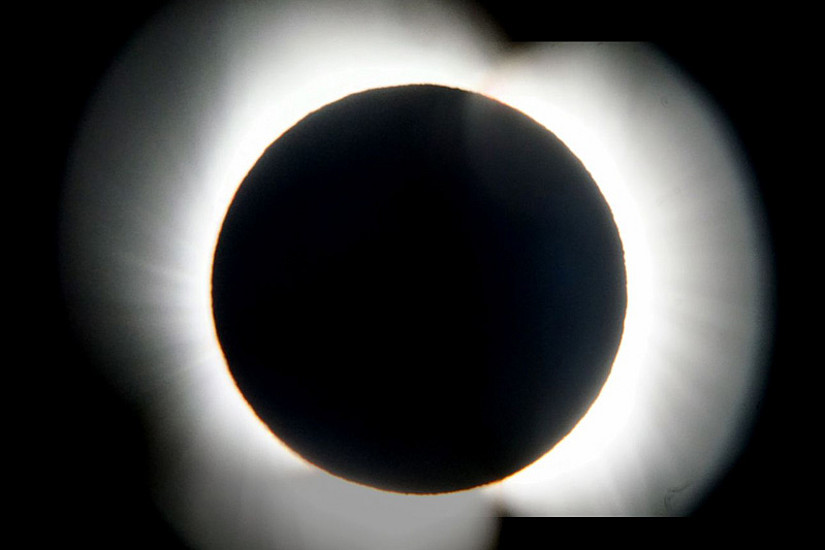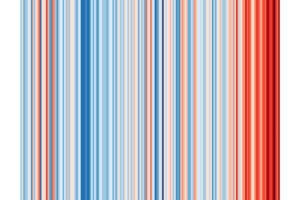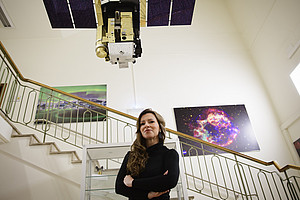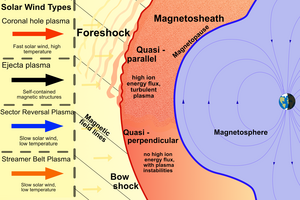The view to the Sun is not an easy one, because as useful and life-giving our central star is, our Sun can also be dangerous. That's why you shouldn't risk this look unprotected, even before and after a total solar eclipse! The surface of the Sun with its approx. 5700 °C is already very bright and hot. However - and this has been puzzling science since many decades - the outer atmosphere of the Sun is still much hotter, namely around 1-5 million °C. This is where hard UV rays and, partly also X-rays, as well as radioactive particles are generated, which can hit the Earth. Fortunately, our Earth's atmosphere saves us from too much damage; at least as long as we humans are able to repair our damage in the ozone layer high above us. The best images of the Sun are therefore more likely to come from space, from satellites such as ESA's recently launched "SolarOrbiter".
The question of why the Sun's corona is so hot is also the focus of the recently started research group led by Philippe-A. Bourdin. The solar physicist (and programmer) completed his studies in Zurich, Freiburg, and Göttingen. He gained relevant experience with various supercomputers in his doctoral thesis. From October 2020 he will lead a working group that aims to create realistic scenarios in the corona using large computer models of the solar atmosphere. This is to learn from the models, how the corona can heat up to such enormous temperatures, even though one goes away, so to speak, from the energy source in the center of the Sun... These computer simulations are finally compared with real observations of the corona, see the picture of a solar eclipse taken in Argentina 2019.
We still seek for students that like to become familiar with this topic in an independent work (e.g. a master thesis).
Links:
With SolarOrbiter towards the Sun, public talk of Philippe Bourdin, see form minute 30 in the video (German).
https://www.youtube.com/watch?v=jnP-weHchyQ#30:00
Computer simulations of the solar corona.
http://pencil-code.nordita.org/samples/corona/





